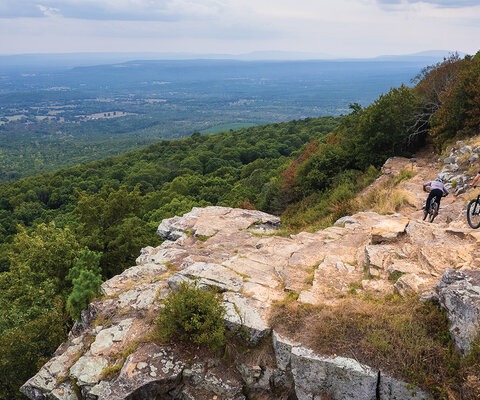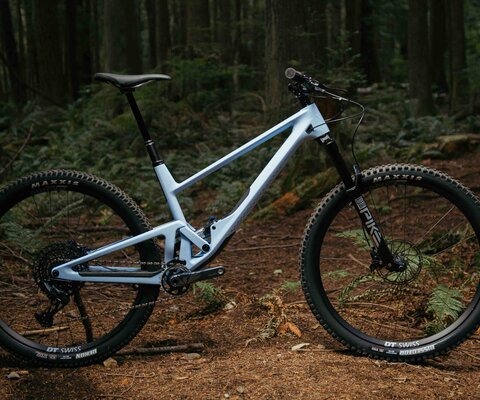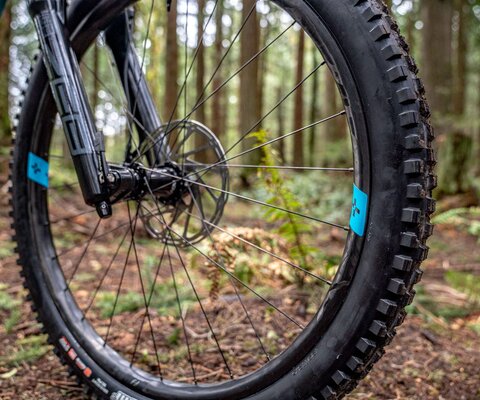
Evolution By Explosion A Gallery of Progression
Words by Sakeus Bankson
In both geology and evolution, there is a theory called “catastrophism.”
Don’t stop reading yet. I know such esoterica may sound boring, but this theory includes supervolcanoes, the fiery death of the dinosaurs, mob violence, the invention of beer and a few unconventional photographs.
Do I have your attention now?
Basically, it goes like this: While small changes do occur slowly over time, the truly fundamental ones don’t happen gradually. They require a specific event, on a scale so massive and so sudden it has the potential to reshape any aspect of life on Earth—geological, biological, cultural or technological—in a moment.
Though initially introduced with a religious link (think the Garden of Eden and Noah’s flood) the concept found legitimate scientific support some two centuries ago as a way to explain surges of new species in the fossil record and the significance of large, disruptive events like floods or volcanic eruptions.
Since then, catastrophism has been applied to a spectrum of other subjects, including progressions in human culture like the invention of writing, the first alcoholic beverages and mountain biking. The concept remains the same; the catastrophe is just different.
TYLER ROEMER (Above)
“Back in the day, most kids’ introduction to mountain biking was a wood ramp or a dirt mound in their neighborhood. They’d huck themselves with little regard for personal well-being, sometimes landing on their tires, other times not, but usually accompanied by such phrases as, ‘You got like three feet of air that time!’ To me, Cam McCaul riding a pile of sand in the desert isn’t any different—it’s still just a kid on his bike. But when nearly three decades of skill and style are captured in one trick, that’s progression in my book.”

IAN COLLINS
“Unlike a lot of racers, Brendan ‘Brendog’ Fairclough is on a never-ending quest to push himself outside of his boundaries as a racer. For the Utah section of 2017’s Deathgrip movie, he wanted to get into some big-mountain lines, and though Brandon Semenuk comes from the opposite end of the sport’s spectrum the two riders teamed up to tackle this heinous pair of parallel chutes, both of which were truly vertical near the top. It was a mind-blowing joint effort that no photo or video will ever do justice to. Behind the lens, it was the most nervous I’ve ever been.”

HAROOKZ
“The current state of mountain biking suspension and geometry has allowed riders to pin it harder and send it bigger than ever before. The vision of trail builders has evolved too, favoring highspeed flow with less jank—like this build by Ron Penney in Kamloops, BC, which lets riders keep the throttle buried. As for Matt Hunter (front) and Matty Miles’ (back) level of riding, there’s not much to be said—absolute shredding!”
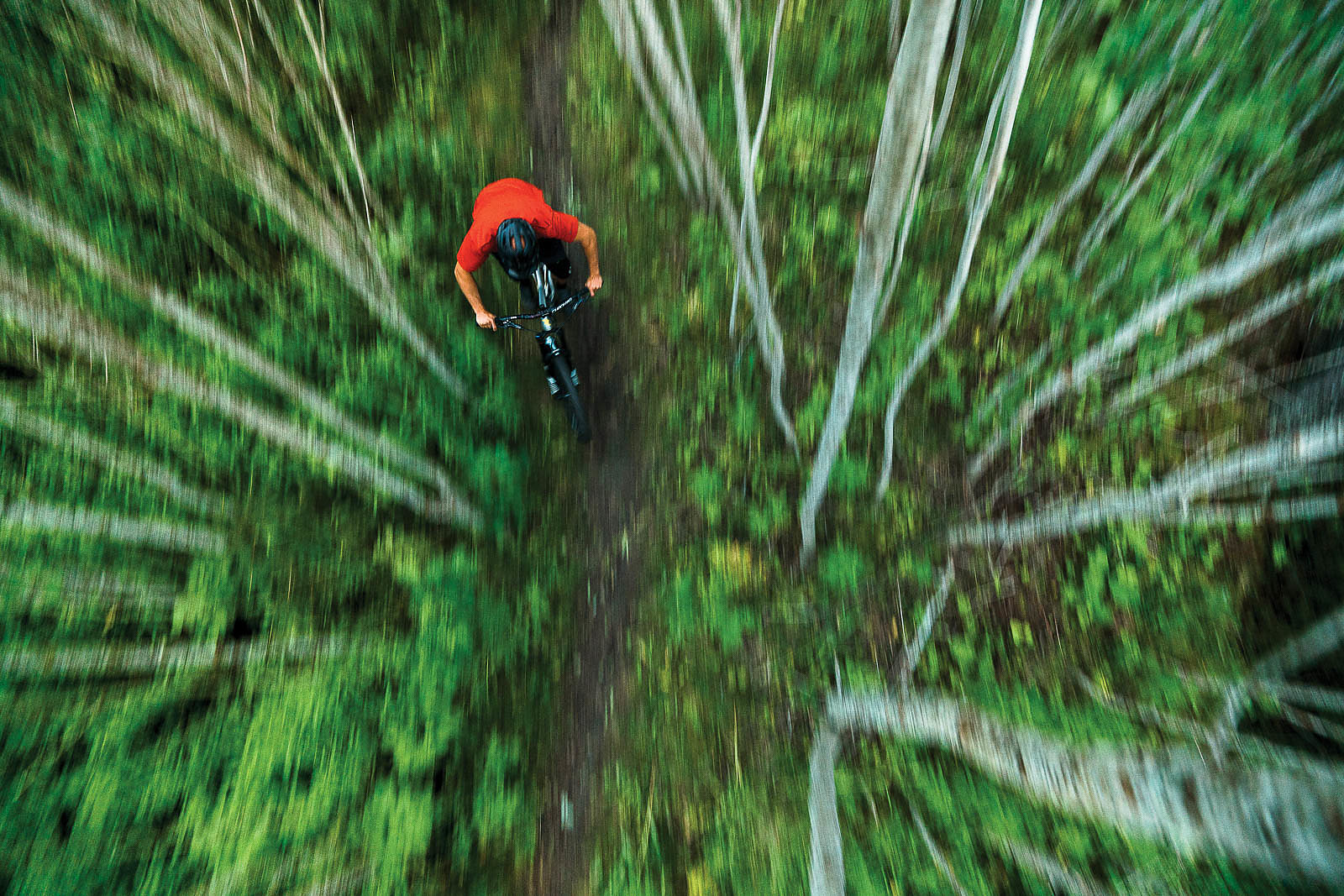
EMRIK JANSSON
“Daniel Pettersson told me about this place outside of Åre, Sweden with cool ‘ghost-looking’ trees, which would make pictures look like nothing else. Slowing down the shutter can be so rewarding—it helps draw more people into the photo, and you can get good pictures when you shoot in ‘bad’ weather and when you allow yourself to fail. My favorite photographers all have that in common, and every now and then they create an image that’s truly different. To get this shot, I had to climb these skinny trees and hold four of them together just to support my weight. Drones are cheating.”
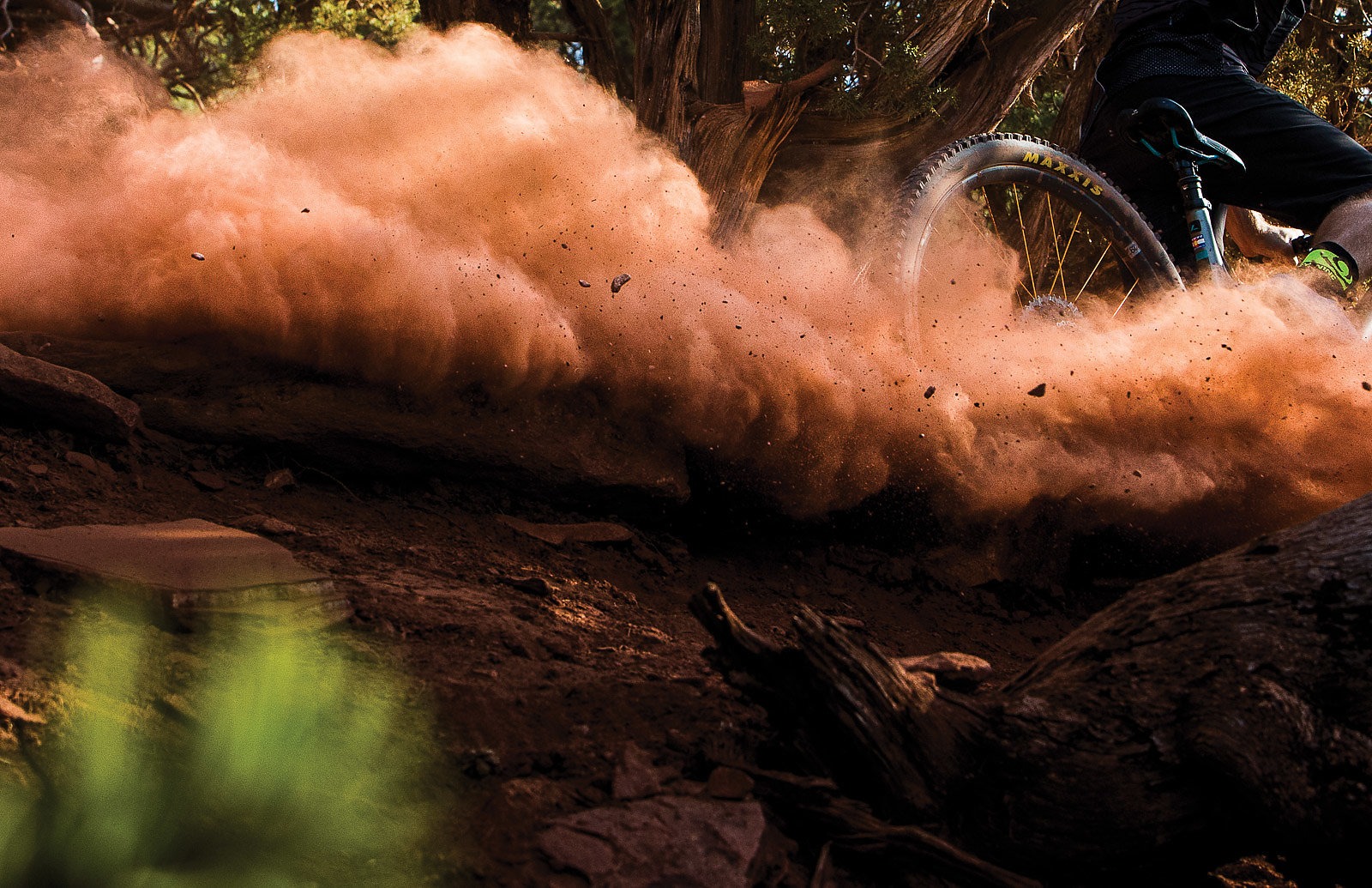
CARL ZOCH
“Phil Martin and dusty summer days on Red Hill, a local favorite in Carbondale, CO. This photo depicts a literal explosion on our trail network, but for me also represents the figurative explosion (a good thing) of the local mountain bike culture in the Roaring Fork Valley. I have lived here for five years, and so far I’ve seen an incredible evolution in trail building, seen friendship circles widening, and given more and more high-fives over the many hidden beer stashes.”
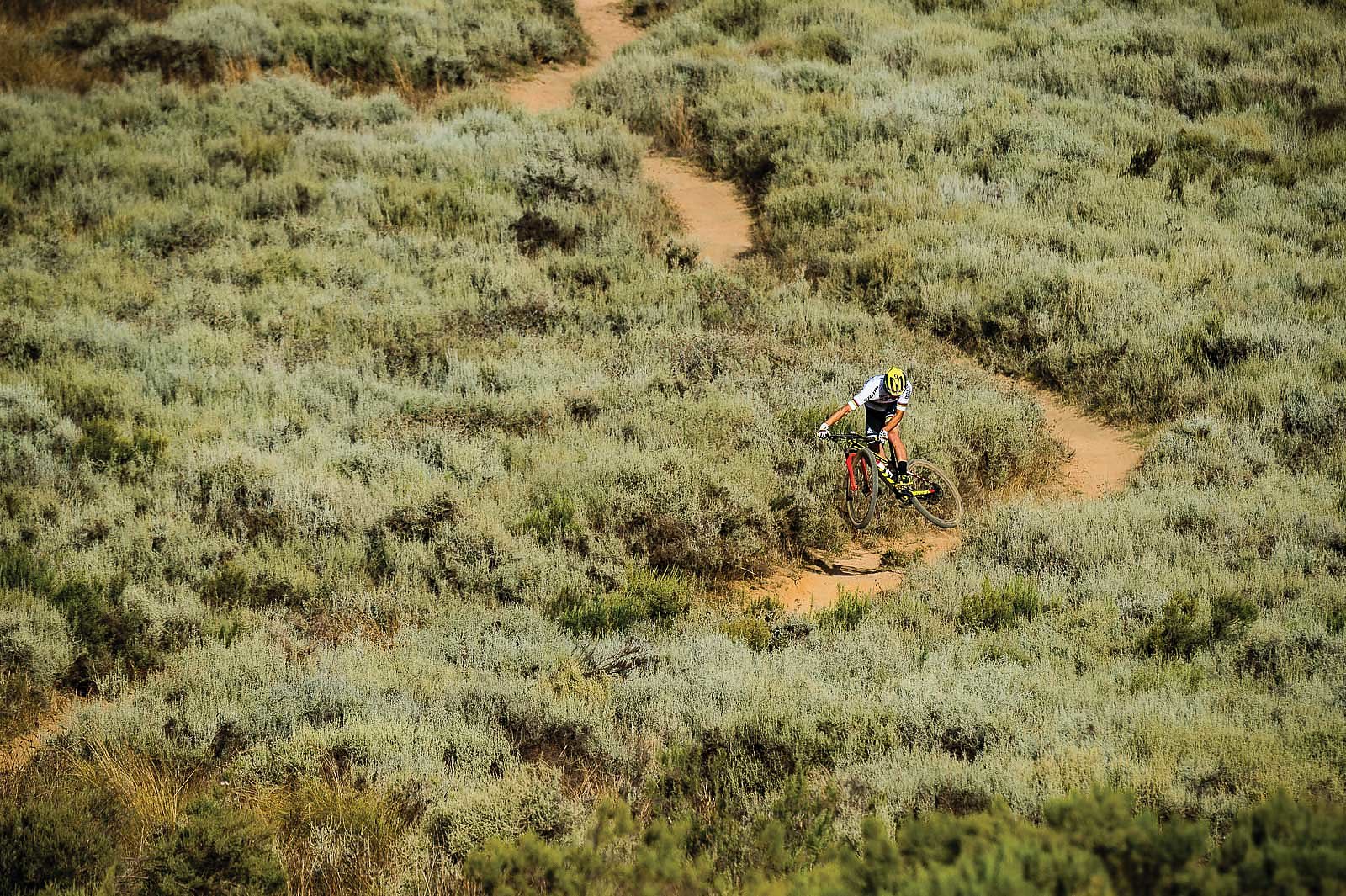
MATTIAS FREDRIKSSON
“The Swiss cross-country racer Nino Schuster is without a doubt one of the most successful athletes in the sport’s history. He was the champion in the 2016 Olympic Games in Rio de Janeiro, is a six-time World Cup Champion, and won every round of the 2017 World Cup. Nino also shows that racing can be fun too—it’s common to see photos of him whipping during big competitions, and some people cannot understand why he’d take such a risk when the pressure is on. Nino’s answer is simple: ‘I just like playing around with my bike, and a whip to me is the most stylish way to express all that fun that mountain biking has to offer.’” Well said, Nino.

MARGUS RIGA
“The first freeriding on the scree slopes of Williams Lake, BC went down in the 1990s, by Richie Schley and Brett Tippie for the movie series Kranked. They skidded their bikes with their rear brakes locked and asses to their seats, barely able to turn their bars—basically holding on for dear life while going relatively straight down. What James Doerfling does on his bike now is closer to skiing. There’s not much braking and he’s so in control of his bike he can carve turns in the scree, all at nearly full speed. It’s wild to see riders have enough mastery and finesse to make these type of features look tame.”

